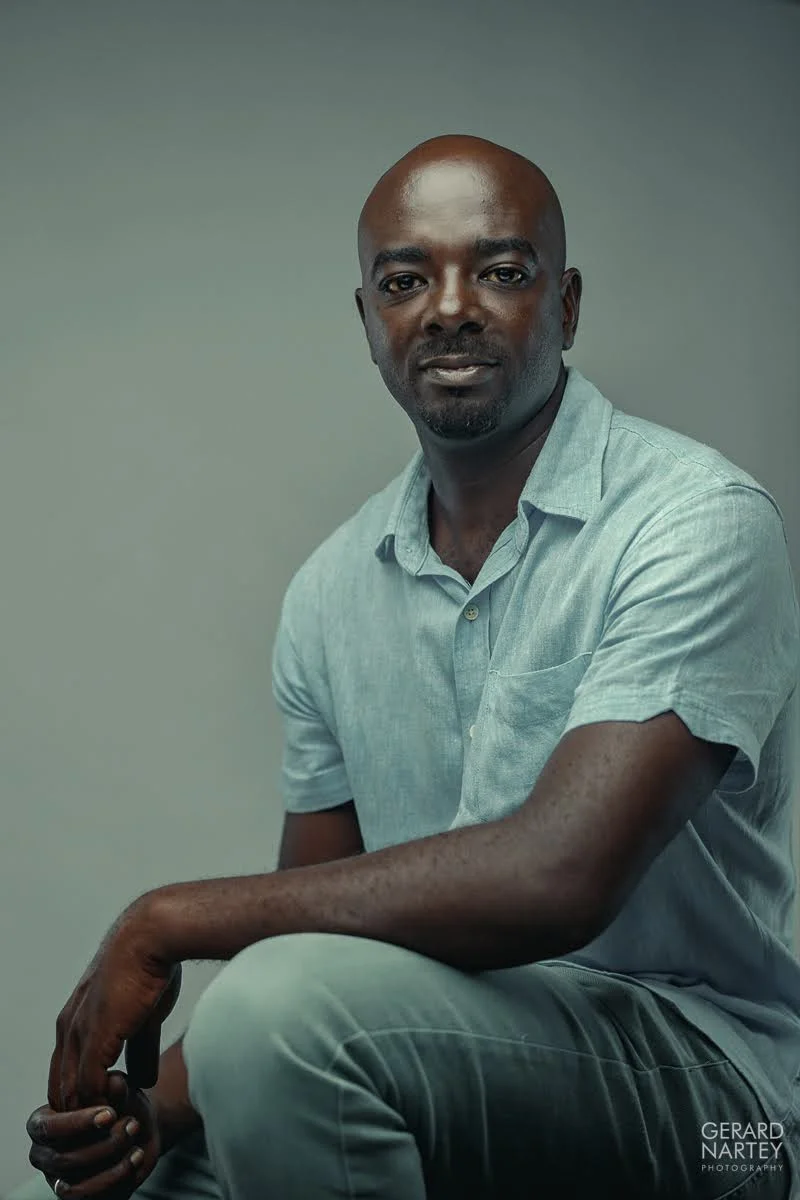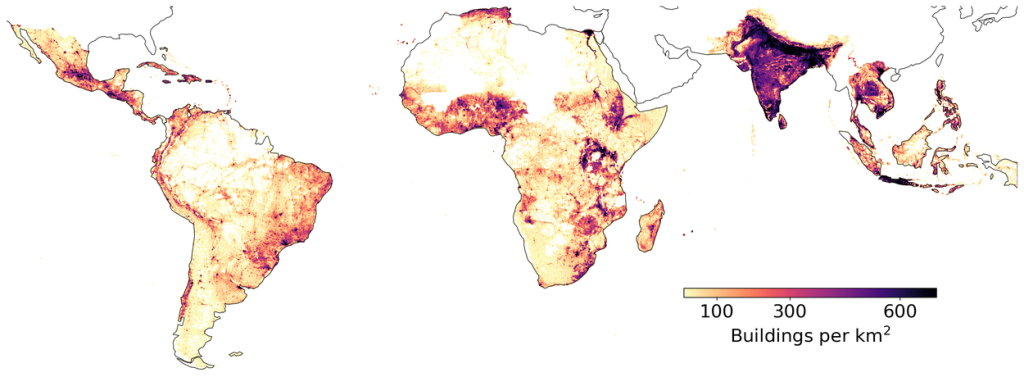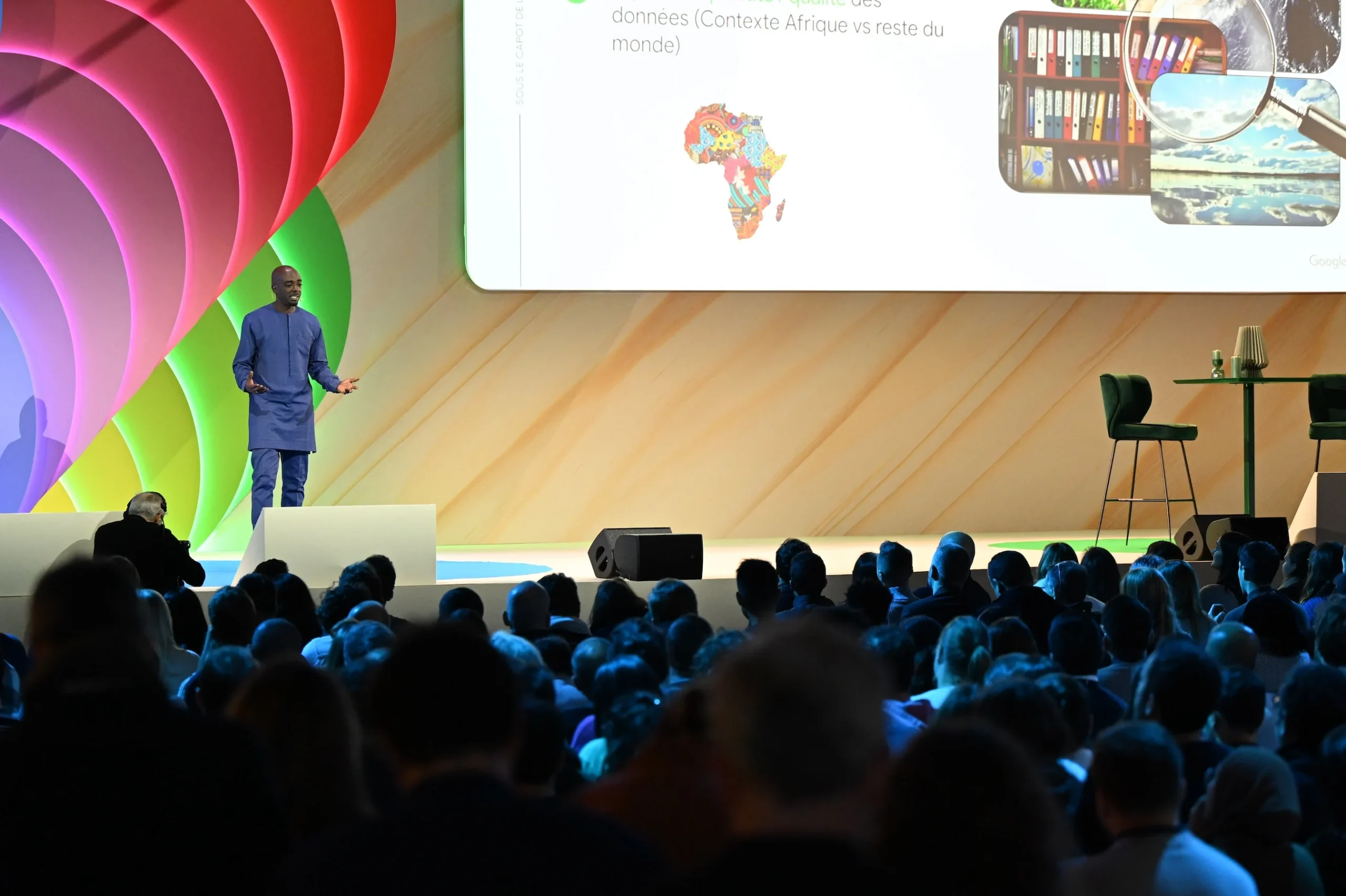
Bio
Abdoulaye Diack is a strategic leader with over 20 years of experience in engineering and management, including AI/ML research , research operations, mobile financial services, payments, and big data solutions.
🤖
For the past 6 years, Abdoulaye has worked as a Program Manager in AI research, first at Google Brain and then at Google Research Africa. During this time, he has been in a unique position to see the rapid advancements in AI being applied in the real world.

A core focus of his work has been the Open Buildings project, a pioneering AI initiative that has revolutionized mapping in underrepresented regions. This project has successfully mapped over 1.8 billion buildings across the Global South, improving Google Maps’ coverage in these areas. The resulting open data has become a useful for local governments and organizations, enabling more effective urban planning, disaster response, and economic development strategies.

Interests:
- Research + innovation + startups in Africa
- Digital transformation & AI Africa Ecosystem
-
Melissa path predictions by GDM WeatherLab
This was sobering forecast for 𝐇𝐮𝐫𝐫𝐢𝐜𝐚𝐧𝐞 𝐌𝐞𝐥𝐢𝐬𝐬𝐚 on Google DeepMind’s experimental Weather Lab. (Seen on Sunday 26th, 2025) The AI model’s ensemble predicted with high confidence the devastating track: CAT 4 landfall in 𝐉𝐚𝐦𝐚𝐢𝐜𝐚 (around Tuesday, Oct 28th) [Turned out it was a CAT 5], followed by a CAT 3 impact on Cuba (Wednesday, Oct…
-
Free AI Research foundations Training by Google DeepMind
Google DeepMind and UCL experts have released a 𝗳𝗿𝗲𝗲, hands-on curriculum. It covers the fundamentals of building and fine-tuning language models, including data preparation, neural networks, and the transformer architecture. Here’s a look at what the courses cover: Learn more: https://www.skills.google/collections/deepmind #AI #MachineLearning #DeepMind #Google #ML
-
When engineering beats AI
This is one of the most interesting (and hilarious) stories I’ve heard this year.A competitor in a major RNA folding competition lacked GPU access. This “GPU poor” competitor had to innovate, and they ended up beating everyone. (2400 participants)How? Pure engineering and ingenuity. Instead of tackling the problem with a very large AI model, they…
